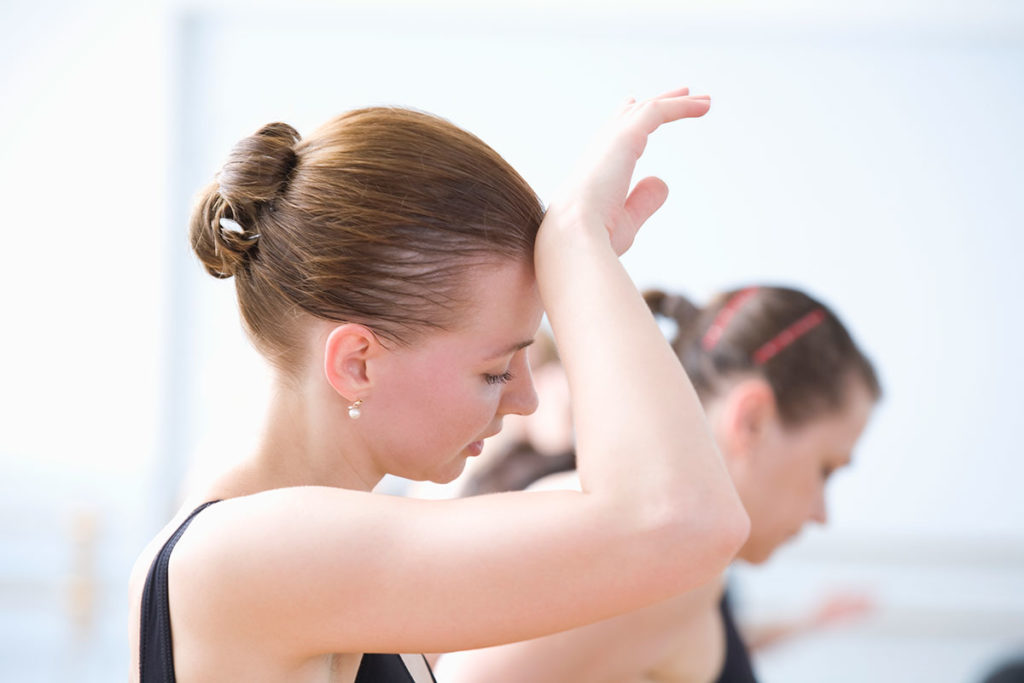Co-Authored and Published in TaskForce on Dancer Health Informational Papers
Concussions can occur in daily activity as well as during any sport or recreational activities – including dance. Concussions can have immediate and long lasting effects on an individual. Therefore, all concussions are considered serious. It is essential that dancers, dance educators, dance coaches, parents, and healthcare providers learn the signs and symptoms of concussion and what to do if a concussion occurs.
What is a Concussion?
A concussion is a traumatic brain injury (or TBI) caused by a bump, blow, or jolt to the head or body that can alter the way the brain normally works. Even what might be considered a “mild” bump, blow, or “ding” to the head can result in severe consequences – serious consequences are not limited only to those with loss of consciousness. In fact less than 10% of concussions involve a loss of consciousness. “Mild” impacts may affect the dancers’ ability to perform daily mental and physical tasks, may result in changes in mood and personality, and may reduce the dancers’ ability to safely participate in dance activity. Each concussion is unique and each affects the injured dancer in a different way. Recognition and proper response to concussions when they first occur is imperative to help prevent further injury or even death.
How to Recognize Signs and Symptoms of Concussion:
A dancer may experience or demonstrate any of the signs or symptoms below after sustaining a bump, blow or jolt to the head or body. Keys to identifying concussion include an observed or reported forceful impact that results in rapid head movement AND any changes in the dancer’s behavior, thinking, or physical function. It is important to remember that you can’t “see” a concussion and that not all dancers will experience or report the symptoms right away. Some dancers may wait for hours or even days after the injury to report a problem. …

